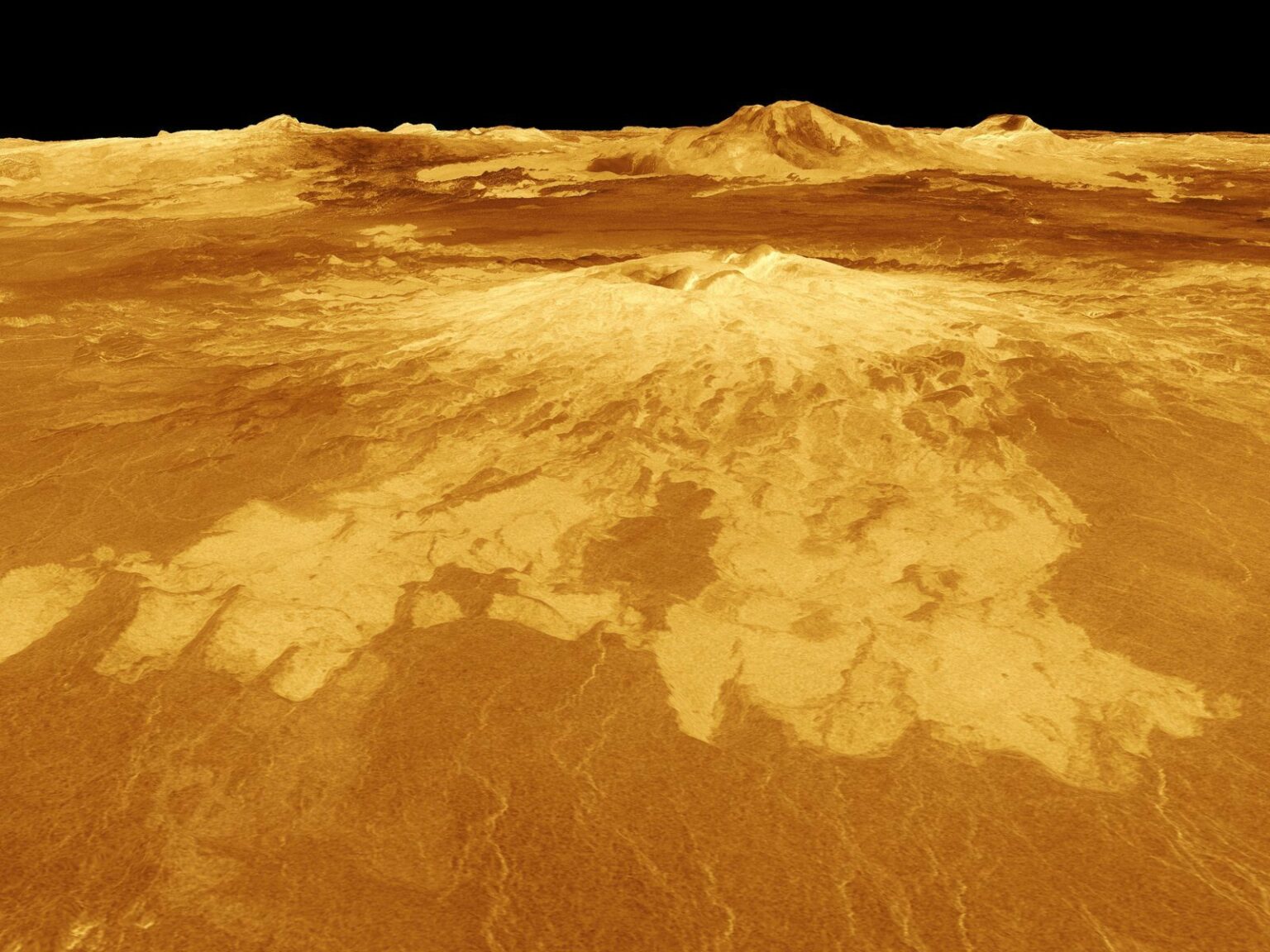Scientists analyzed data on the Magellan spacecraft, which studied Venus back in the 1990s. They came to the conclusion that the crust of this planet is not thick, as it was thought until now, but thin and flexible, and this is similar to Earth’s. It is quite possible that it consists of separate plates.

What does the crust of Venus look like?
Venus is a planet that is very similar in size and chemical composition to Earth. However, it has one important difference — a very dense atmosphere, the mass of which is 92 times greater than what we are used to. It is very hot and contains a solid layer of clouds.
Therefore, it is extremely problematic to find out what its crust actually represents. At one time, the Soviet probe “Venera 14” was able to stay on the surface for only 57 minutes. Thanks to it, scientists learned that the surface of the planet is rocky, but the details of its geological structure.
Due to the peculiarities of the atmosphere, it is also extremely difficult to obtain these data by indirect methods. On Earth, a significant amount of heat is released at the collision sites of lithospheric plates and is clearly visible from orbit. But nothing like this could be seen on Venus.
Therefore, the version that the crust of Venus is very thick was becoming more and more common. It rarely bends and cracks, and therefore the movement of lithospheric plates does not occur. But scientists from the Jet Propulsion Laboratory in Pasadena decided to test this statement using data from the Magellan spacecraft, which worked in orbit of our neighbor back in the 1990s.
What did the scientists learn?
Magellan did not have the opportunity to study the motion of the lithosphere directly. However, a radio altimeter was installed on it, thanks to which a map of the relief of the planet was built. Now scientists have analyzed this information in search of coronae — landforms with an almost circular shape, resulting from volcanic and tectonic activity.
They analyze how the crust of Venus bends on 75 surface areas within 65 coronae. It turned out that its thickness averages 11.7 km, which roughly corresponds to the same indicator of the Earth.
This means that in fact the crust of Venus is not only thin, but also quite flexible. And if it is able to deform relatively easily, then cracks may occur in it. And this, in turn, testifies in favor of the existence of separate lithospheric plates.
The crust of Venus may turn out to be extremely similar to that of Earth in the Archaean Eon, when it just began to crack under the influence of hot plumes rising from the depths. And this, in turn, may have consequences for understanding the ways of its evolution.
According to phys.org
Follow us on Twitter to get the most interesting space news in time
https://twitter.com/ust_magazine

